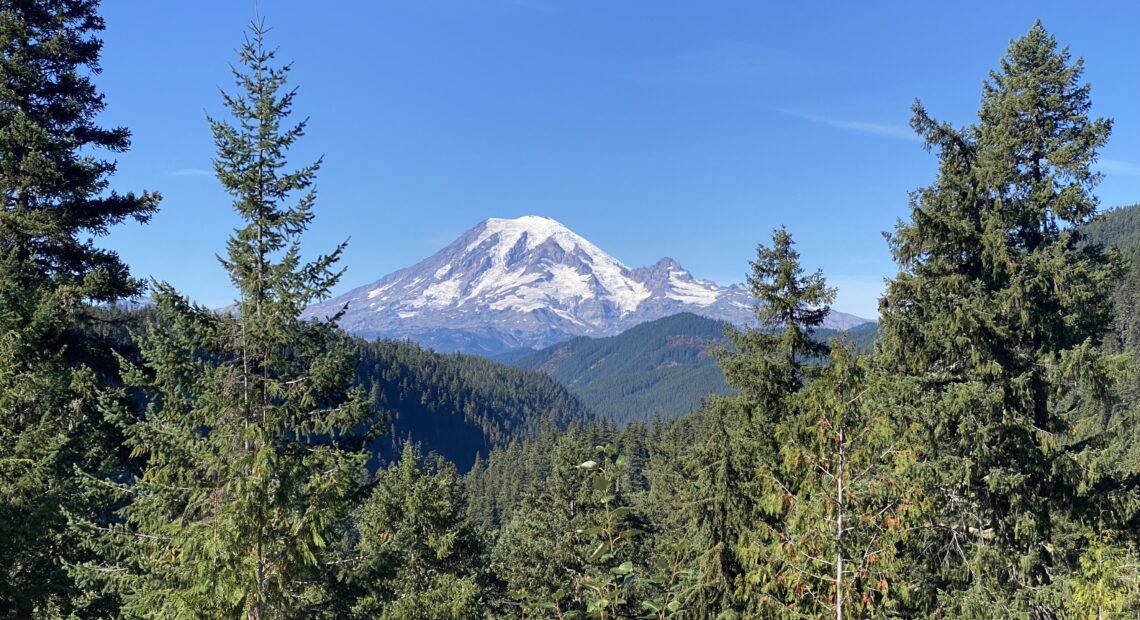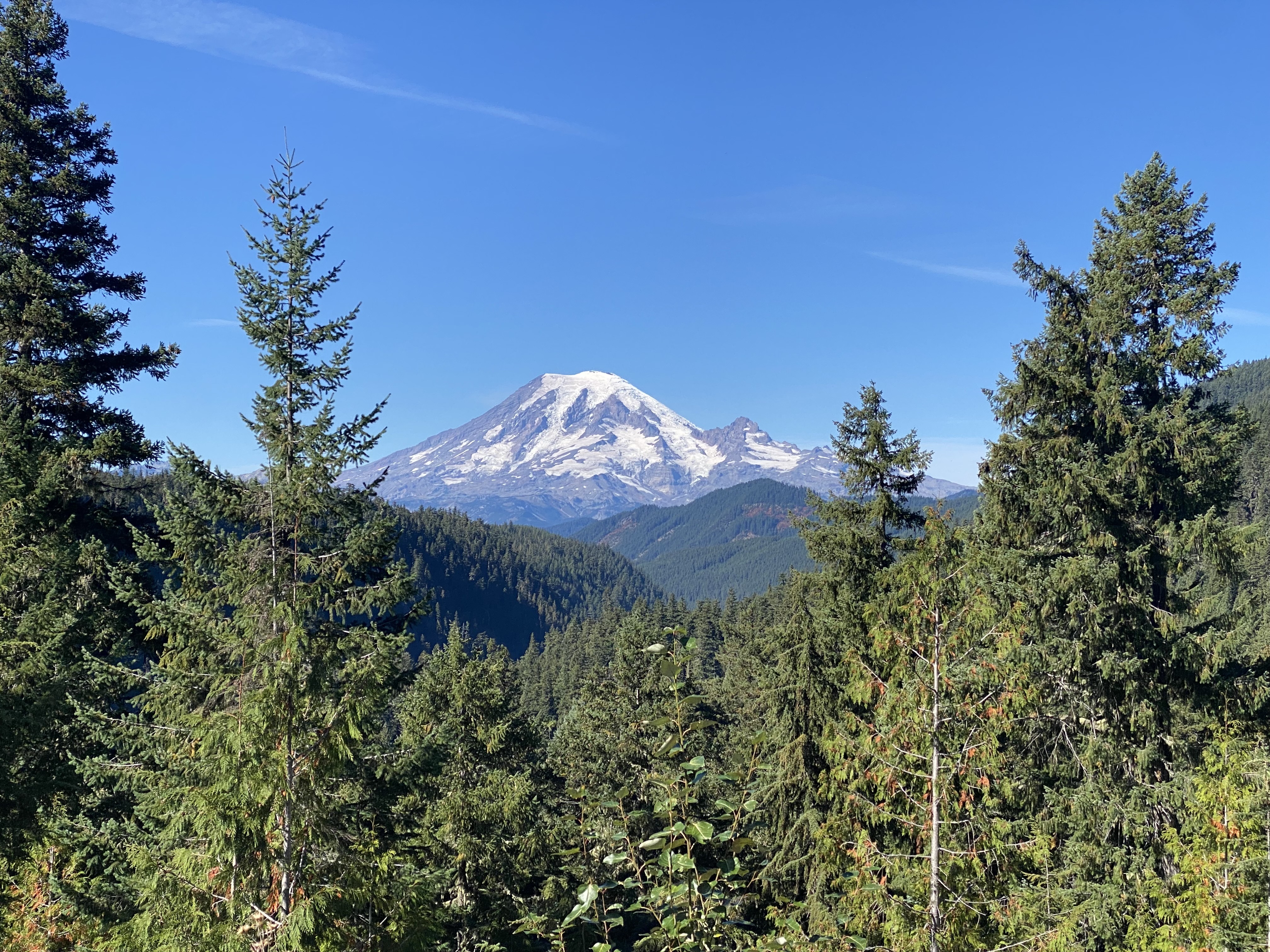
US Navy locates deceased Growler crew after crash near Mount Rainier
Listen
(Runtime :53)
Read
Editor’s Note: This story has been updated with new information.
The two dead crew members of a missing US Navy plane – the EA-18G Growler – near Mount Rainier were named on Monday morning. Lt. Cmdr. Lyndsay P. Evans, 31, was a Naval flight officer from California. Lt. Serena N. Wileman, 31, was also a Naval aviator from California. Both crew members died in the crash.
The Navy says Evans enlisted in August 2010 and Wileman enlisted in July 2018. Both were stationed with the Electronic Attack Squadron (VAQ) 130 on Whidbey Island.
The search has shifted to recovery operations after the crash Tuesday, Oct. 15.
“It is with a heavy heart that we share the loss of two beloved Zappers,” said Cmdr. Timothy Warburton, commanding officer of Electronic Attack Squadron (VAQ) 130 in a press release. “Our priority right now is taking care of the families of our fallen aviators, and ensuring the well-being of our Sailors and the Growler community. We are grateful for the ongoing teamwork to safely recover the deceased.”
The Navy won’t release the identities of the two aviators until 24 hours after next of kin have been notified. There is an ongoing effort to safely recover the deceased.
Personnel continue to search the expansive area near Mount Rainier where the jet crashed, recovering debris and planning for a long-term salvage job.
It’s been tense for several days as word about the crew wasn’t known and inclement, wintry weather hampered searchers.
At the end of the week, Special Forces soldiers from Joint Base Lewis McChord joined the search for the missing crew. That group of soldiers specializes in mountaineering, medical and technical communication skills. They were facing mountainous terrain, cloudy weather and low visibility.
A former U.S. Air Force pilot, retired full Col. Julian Chesnutt, said he flew a similar plane to the Growler, the F-16 in Kosovo. He said he depended heavily on support from planes like the Growler.
“Without that [Growlers] we’re very, very vulnerable,” Chesnutt said. “No matter how maneuverable your fighter is, it’s not going to outmaneuver a missile. Your fighter is a Mach 2, those missiles are Mach 5, or 6 or 7. So, you’re not going to beat them.”
Chesnutt survived an ejection from his crashed jet in 1999 in Arizona.
“Hope and pray that the people that are involved in the search and rescue, which is also a very high-risk mission especially in the mountains like this, are all safe,” Chesnutt said.
Brian Everstine is the Pentagon Editor for the magazine Aviation Week. He is a journalist who has covered defense for more than a dozen years.
“It’s just a horrible situation,” said Everstine. “It’s too early to know what happened but military aviation is a very dangerous job, there is not any way to take all the risk out of it. But everyone’s attention should be on the families and giving them what they need.”
The missing crew members were flying a Growler when it crashed on a remote, and heavily wooded mountainside Tuesday. The Growler is a fighter jet that seats two and rides aircraft carriers. The plane has sophisticated equipment to jam enemy communications. The Navy said the crashed jet came from its station at Whidbey Island and that most of these high-tech planes are based at Whidbey, except for one squadron in Japan.
An investigation into the crash is ongoing.
















